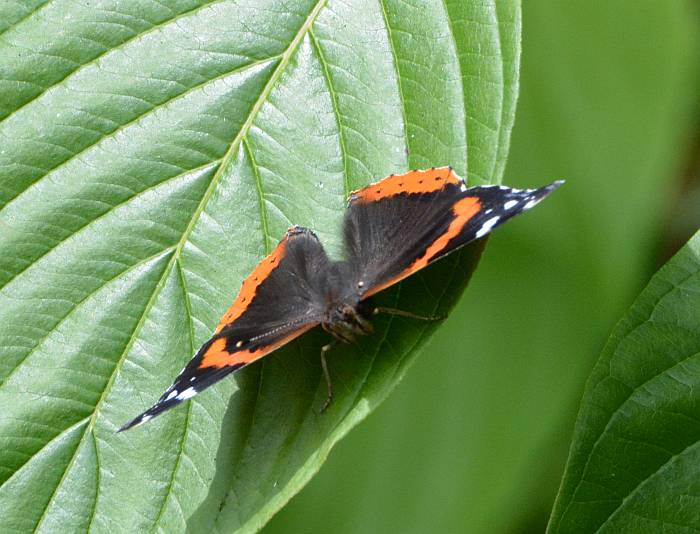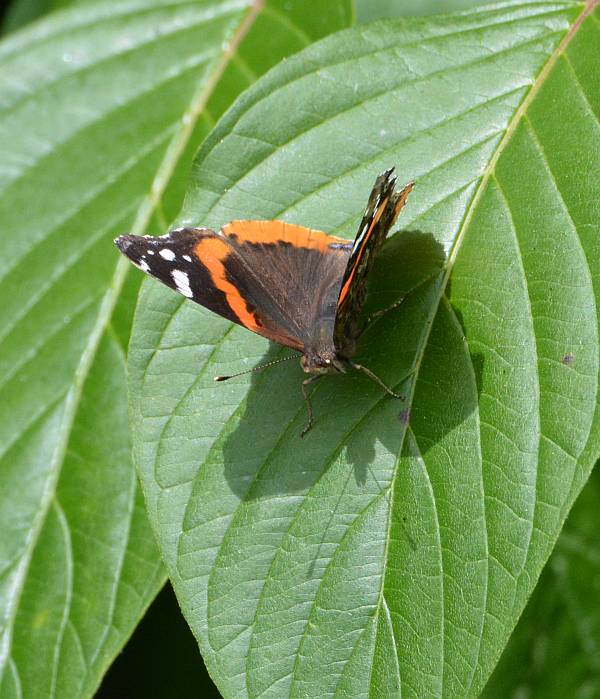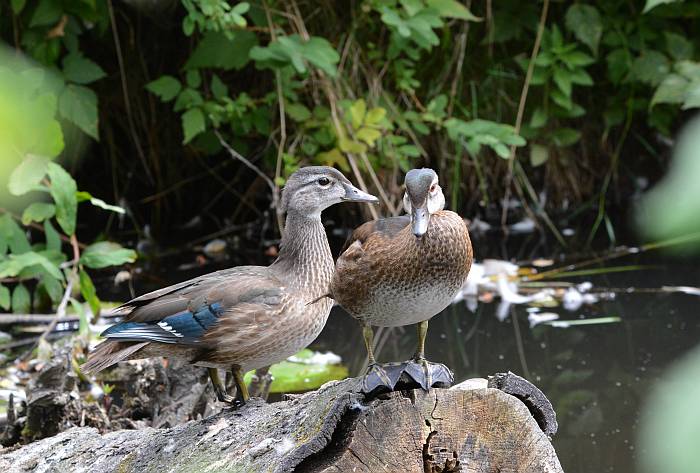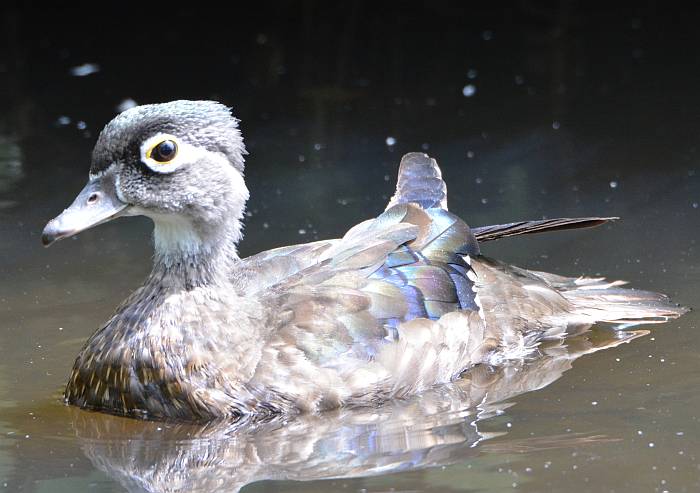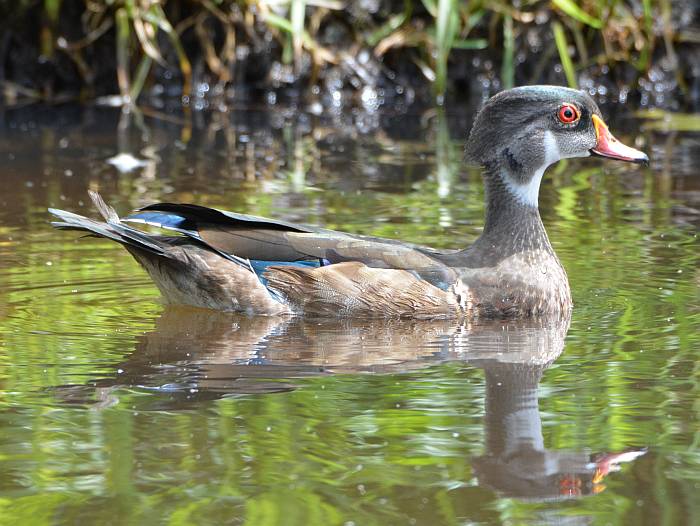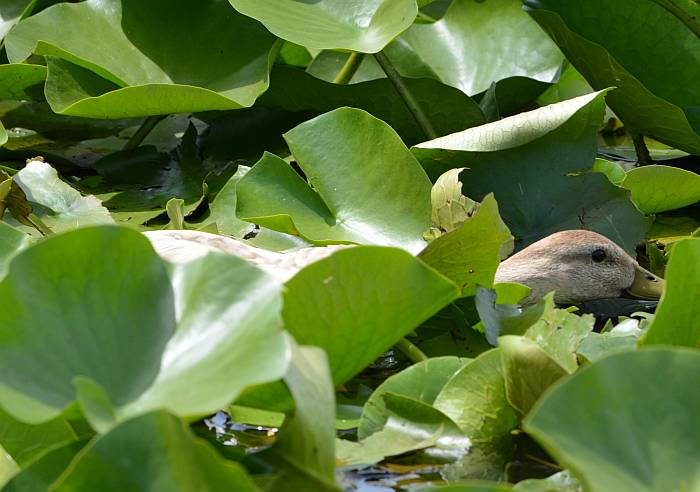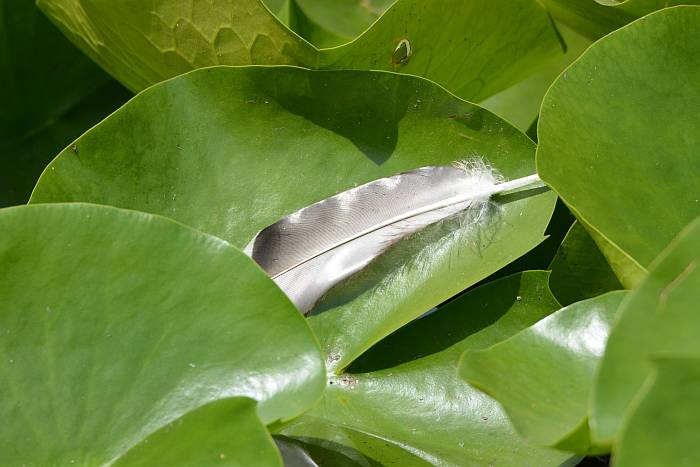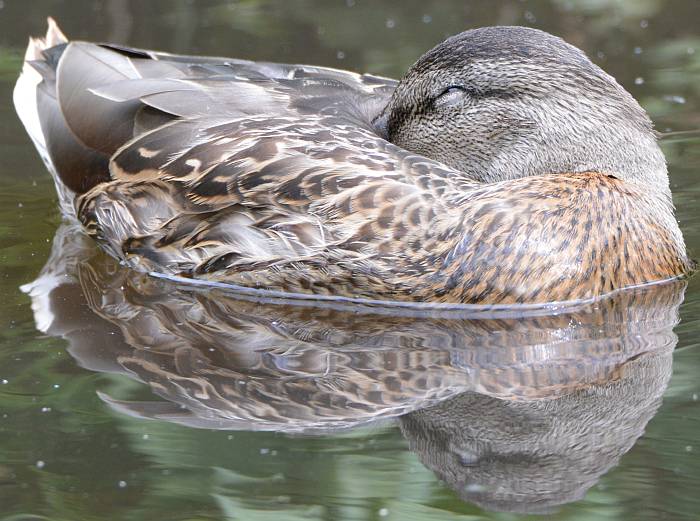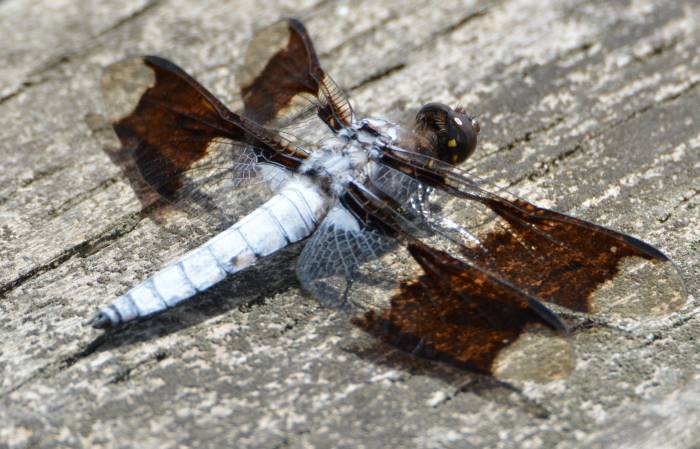I was asked to share some photography tips at an event a few weeks ago for streamkeepers who volunteer in the Lower Mainland area of British Columbia. I thought perhaps I’d share them here on my blog, too, offering a tip every couple of days.
So here goes with tip 1:
Take a class or three. Often camera stores offer free or cheap classes when you purchase a camera. Your community centre likely has introduction to photography courses. Major camera makers like Canon and Nikon offer travelling courses. Take advantage of these.
OK, let me expand upon that. If you’re a newbie, any instruction is valuable. Good photography is a craft, and can be a fine art. Cameras are fine, complex, tools. It takes years to learn, but it’s easy to start down the road with today’s inexpensive auto-everything cameras.
You may not aspire to be an artist, and if you just want to take better photos of family and friends, of activities you participate in, and trips you take, learn your camera and a bit about the principles of photography. It’s worth it!
If you’re experienced, workshops and seminars pitched at higher levels are excellent for stimulating creativity, learning new techniques, and broadening your mind.
What’s my photography learning history?
(I shall now wax exuberant upon my photography education. This may, or may not, be boring for folks. I do hope you’ll follow along, though. . . )
I started out at school in my early teens, learning the rudiments of camera work, processing B&W film, and making prints in a darkroom. I volunteered as a photographer on my high school paper, and at university papers. I read voraciously, subscribing to several photography magazines and buying as many books as I could afford.
As a kid I hung out at the local camera store for hours, bugging the ever-patient staff. They taught me things, let me handle new gear, and gave me great deals, pointing me to great savings on used equipment, and so on.
My first SLR was a Mamiya-Sekor 500DTL. It came with the standard 50mm lens, and eventually I added a 28mm wide-angle and a 135mm telephoto. Flashes, extension tubes, filters, and other accessories were added bit by bit. The Mamiya used the Pentax screw mount, so eventually I picked up a used Pentax body or two, the models which I no longer remember. I still have the 500DTL and 50mm lens though!
Eventually I moved up to pro gear, laying out significant dollars for a Nikon F2, with 24/2.8, 50/1.4, 55/3.5 micro, 105/2.5, 80-200 zoom, etc. The backup body then was a Nikkormat FT2, eventually followed by an N2000 with a Vivitar Series 1 28-105 zoom.
Somewhere in there I also had a few other cameras bought used and cheap.
I took a couple of photography classes at the university level through the Fine Arts department. The instructors taught me patience, lighting, composition, “seeing” and more.
As a teen I earned enough money doing event photography to mostly cover the cost of my equipment.
Unfortunately, much of my B&W work, and other photography in the mid-70s to early 80s was lost in a sewage backup when I was living in a basement suite. Such is life. I now have multiple backups of my digital files, and keep remote backups on hard drives in a safety deposit box at my bank. Read that last sentence again!
There was a fallow period in my late 20s to late 30s when I was pretty much satisfied with point-and-shoots and casual photography, but the digital revolution drew me back and reignited my passion.
It was just so cool to be able to take hundreds and thousands of “free” photos. Well, not free, you had to buy a couple of memory cards and backup hard drives, but compared to Kodachrome (which was lovely) or Fujichrome (which had its own atmosphere), digital was freeing. You could afford to shoot more, experiment more.
I got my first digital camera, a Kodak DC4800, in March 2001. Since then I’ve gone through a succession of pocketable Canon PowerShot Elphs (you can pretty much rely that I’ll have one of these on me all the time).
My first DSLR was a Nikon D300. I got it in August 2008, and I still use the heavy, solid, semi-pro machine. I love that it can work with my ancient manual Nikkor lenses. I’ve added a Nikon D5200 as a second body, and would love to get a D7100 or its replacement some day. Not to mention eventually getting a full-frame DSLR. . .
The good news is that I am making a bit of money from photography again, covering events like I did as a kid. I’m not interested in wedding or commercial photography, but events, documentary, landscapes and nature/wildlife would be great to make $$ at. 🙂
So that’s where I’m coming from.
And that’s where my tips will come from.
Hope you’ll follow along!
